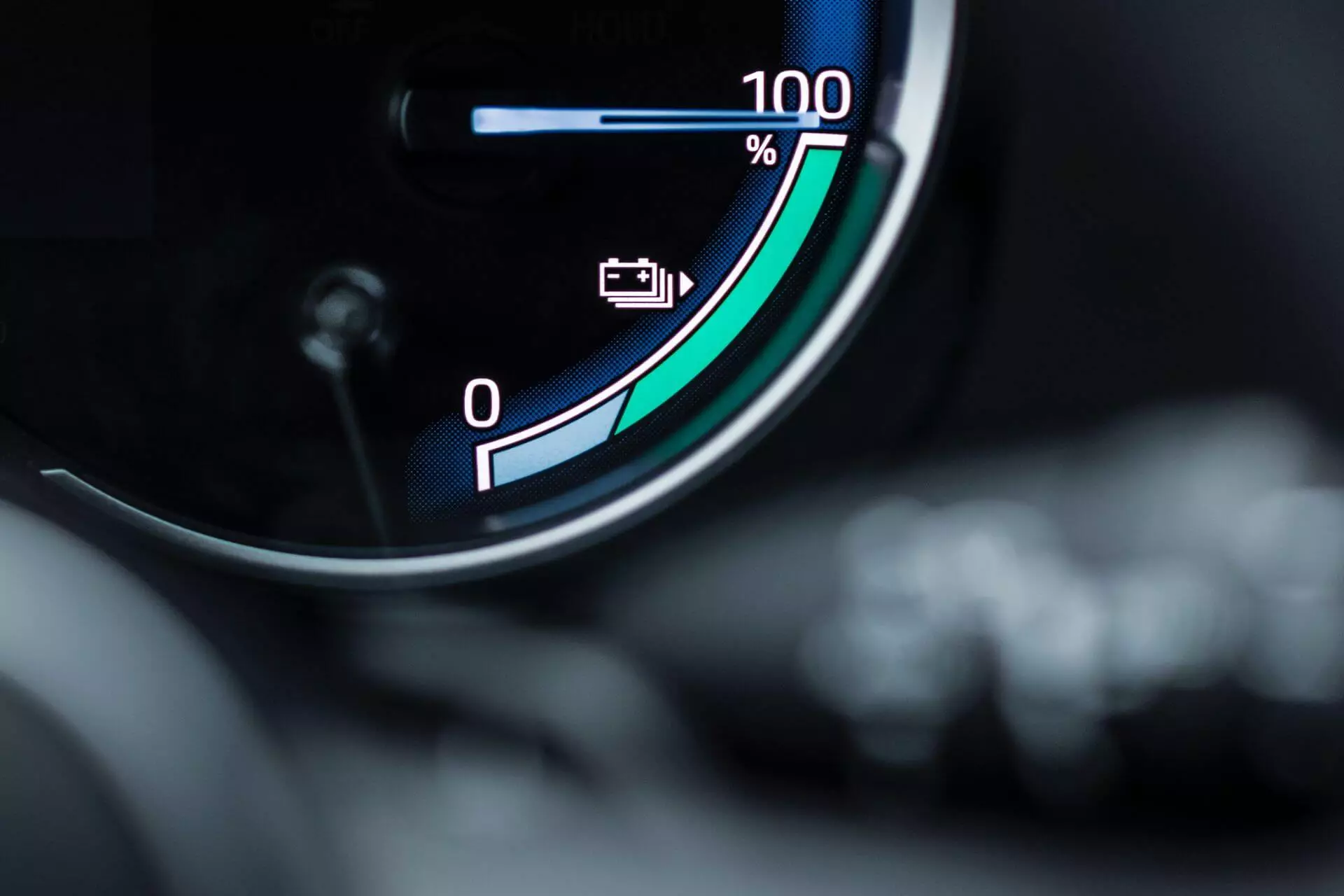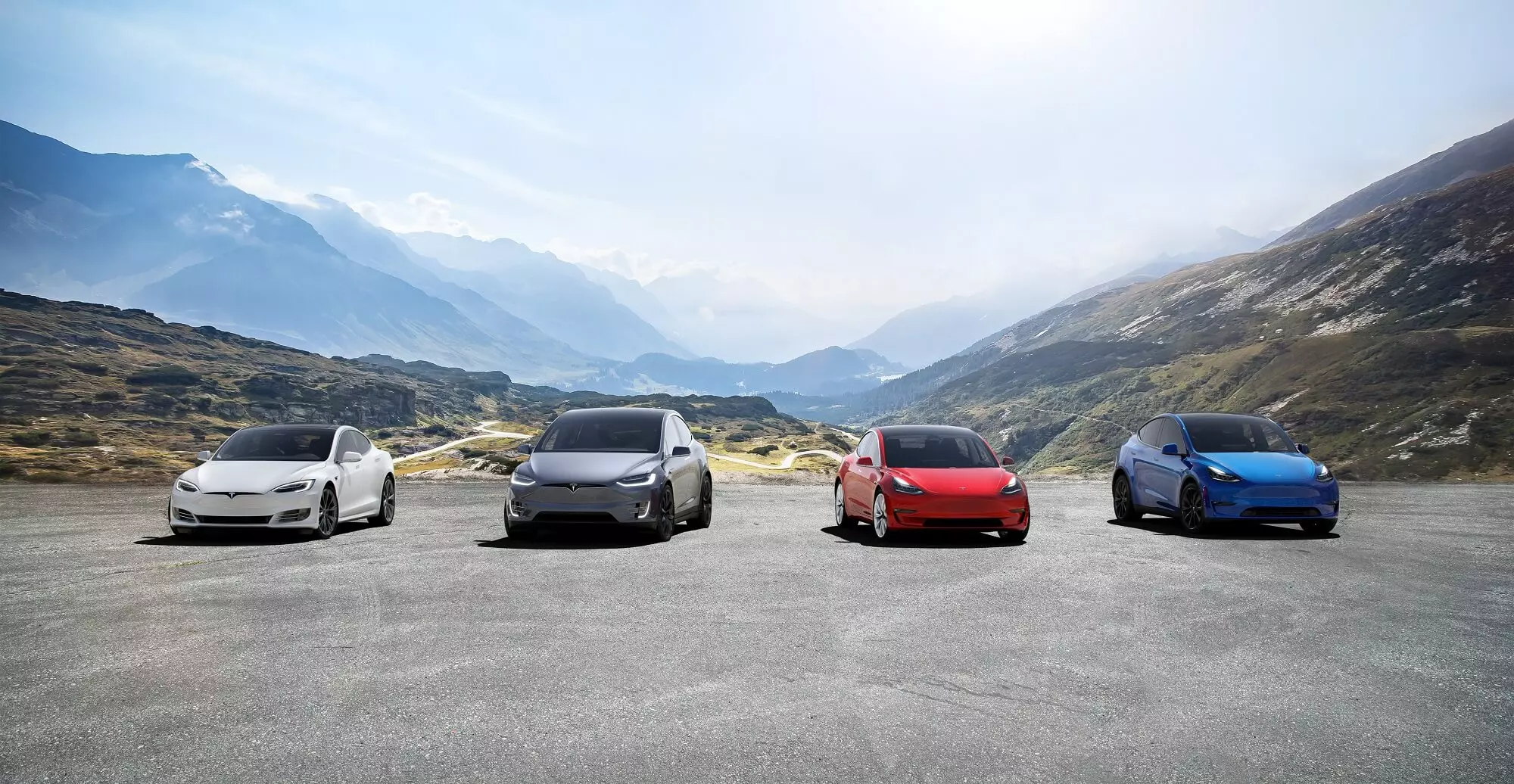Developed by Skeleton Technologies in collaboration with the Karlsruhe Institute of Technology, Germany, SuperBattery promises to solve three of the main “faults” of electric cars: the long charging time, the degradation of batteries and the fear of running out of battery.
Taking advantage of its experience in the field of energy storage in graphene-based ultracapacitors (or supercapacitors), Skeleton Technologies has developed the SuperBattery, a battery that, according to its creators, recharges in… 15 seconds!
Also according to Skeleton Technologies, this innovative battery withstands hundreds of thousands of charging cycles without degrading. To disclose was the battery capacity that is possible to recharge in such a short time.

It is already patented
According to Skeleton Technologies, the SuperBattery's fantastic capabilities are based on the use of curved graphene carbon, a material patented by the Estonian company that allows the high storage capacity and longevity of ultracapacitors to be migrated to a graphene battery.
Subscribe to our newsletter
To get an idea of the importance of ultracapacitors in the future of electric cars, Tesla recently bought Maxwell Technologies, which is dedicated to the production of…ultracapacitors.
According to Taavi Madiberk, CEO of Skeleton Technologies: “Cooperation between European energy storage companies is critical for the EU to be a global leader in this field. We are delighted to have signed the SuperBattery development agreement with the Karlsruhe Institute of Technology and to combine forces to bring to market a technology that will make existing solutions obsolete.”

Although Skeleton Technologies claims that SuperBattery has already captured the attention and interest of several companies in the automotive sector, the Estonian company does not put forward a time frame in which we will be able to see this technology applied in electric cars.
